|
The OP
Published on 2021-3-27 14:44
Only look at the author
This post is from Innovation Lab
Latest reply
Crazy shell AI open source drone Thanks to the host for sharing the entire xi series systematically. Thank you
Details
Published on 2021-9-12 13:24
| |||||||||||||||||||
|
|
|||||||||||||||||||
|
h472438470
Currently offline
|
2
Published on 2021-9-12 13:24
Only look at the author
This post is from Innovation Lab
| |
|
|
||
|
|
- 【Posts】Crazy Shell AI open source drone GPIO (LED flight status light, signal light control)
- 【Posts】Crazy Shell AI open source drone timer (LED flight status light, indicator light flashing)
- 【Posts】Crazy Shell AI open source drone GPIO (remote control indicator light control)
- 【Posts】COCOFLY Tutorial - Crazy Shell Drone Series Flight Control Development Basics [2] Timer (LED flight status light, indicator light flashing)
- 【Posts】[National Technology N32WB031_STB Development Board Review] GPIO Buttons and LED Lights
- 【Posts】Have you ever thought about using the 3 IO ports of a microcontroller to control 6 LED lights?
- 【Posts】The microcontroller has its own PWM to control the brightness of the LED light. How to write it? ?
- 【Posts】[HC32F4A0 development board review] RT-Thread transplants LwIP to realize web control of LED lights
- 【Design】LED navigation light WS2812
- 【Design】YMFC Flight Controller and Mini Drone: Open source flight controller and mini drone programmable using Arduino IDE
- 【Design】Open source DIY: WiFi, 4G, 5G remote control drones/unmanned ships, image transmission/data transmission/remote control integration!
- 【Design】555 controls LED light flashing
- 【Design】555 controls 4017 to make 8 LED lights flash in sequence
- 【Design】NCV7691GEVK: Current Controller for Automotive LED Lamp Evaluation Kit
- 【Circuits】Colorful flashing LED light strip control circuit
- 【Circuits】Novel solar LED light controller circuit diagram
- 【Circuits】Colorful flash LED light strip control circuit
- 【Circuits】Voice controlled delay LED light control circuit diagram
- 【Circuits】Use PC’s RS232 port to control LED lights
- 【Circuits】Simple artificial intelligence temperature control circuit
-
Crazy Shell AI open source drone timer (LED flight status light, indicator light flashing)
1.IntroductiontoTimerTimerhasatimingfunction,similartothe"alarmclock"inlifeThetimersoftheSTM32seriesaredividedintobasictimers,generaltimers,andadvancedcontroltimersUsually,theSTM32advancedtimersareTIM1andTIM8,thegeneraltimersareTIM2,TIM3,TI ...
-
COCOFLY Tutorial - Crazy Shell Drone Series Flight Control Development Basics [2] Timer (LED flight status light, indicator light flashing)
Timer(LEDflightstatuslight,indicatorlightflashing)1.IntroductiontoTimerThetimerhasatimingfunction,whichissimilartothe"alarmclock"inlifeThetimersoftheSTM32seriesaredividedintobasictimers,generaltimers,andadvancedcontroltimersUsually,theSTM32 ...
-
Help! My newly bought power bank is broken!
Help,help!Thenewlyboughtpowerbankhas5V2AinputandmultipleoutputportsAfteralongtime,hefoundthatthepowerremainedat68%BecauseitwasmyfirsttimeusingitOrdidmyhusbandbreakit
- I have a question about the network port circuit?
- [X-NUCLEO-53L4A3 TOF evaluation board] 4. Simple accuracy test comparison of different targets
- dsp28335 data space
- [Xianji HPM6750 Review 8] Detailed description of the small twists and turns encountered by SPI peripherals
- MSP430 MCU Development Record (16)
- I posted a thread about icebabycool. He didn't answer the question but laughed at me instead of showing my low IQ. Please punish this kind of rogue behavior severely.
- Disassembling Hailin central air conditioning controller
EEWorld Datasheet Technical Support
-
"Cross-chip" quantum entanglement helps build more powerful quantum computing capabilities
IBM scientists have achieved "cross-chip" quantum entanglement - successfully entangled two "Eagl
-
Ultrasound patch can continuously and noninvasively monitor blood pressure
A research team at the University of California, San Diego, has developed an innovative wearable
-
Europe's three largest chip giants re-examine their supply chains
At the Electronica 2024 CEO Roundtable held just last week, the CEOs of three chip giants, Infine
- It is reported that Kioxia will be approved for listing as early as tomorrow, and its market value is expected to reach 750 billion yen
- The US government finalizes a $1.5 billion CHIPS Act subsidy to GlobalFoundries to support the latter's expansion of production capacity in the US
- SK Hynix announces mass production of the world's highest 321-layer 1Tb TLC 4D NAND flash memory, plans to ship it in the first half of 2025
- UWB is a new way to use it in cars. Can wireless BMS also use it?
- Filling the domestic gap! China Mobile, Huawei and others jointly released the first GSE DPU chip
- Samsung Electronics NRD-K Semiconductor R&D Complex to import ASML High NA EUV lithography equipment
- Apple reveals the secret of its own chip success: competitors can't use the latest cutting-edge technology
- Problems with STM32 and passive buzzer playing sound
- Embedded Tutorial_DSP Technology_DSP Experiment Box Operation Tutorial: 2-28 Building a Lightweight WEB Server Experiment
- OPA847IDBVR op amp domestic replacement
- AG32VF407 Test UART
- [Digi-Key Follow Me Issue 2] Chapter 1: Sharing on receiving the goods
- What model is this infrared receiver? Which model can be used instead? Thank you
- Selling brand new unopened ZYNQ 7Z020 FPGA core board
- The LORA module used in the lithium battery-powered water meter setting can save energy when 100 water meters are installed in one corridor.
- I would like to ask, when a port is set to RX0, is it necessary to set the input and output direction of this port?
- Why is this year so difficult? It’s even more difficult than during the pandemic. I’m 30 and facing unemployment. I’m so confused.
- Ask about the voltage regulator test question
- [Xiaohua HC32F448 Review] About Xiaohua Semiconductor's UART interrupt sending and PRINTF construction and redirection
- 【BIGTREETECH PI development board】 HDMI output test
- 【BIGTREETECH PI development board】+08. Audio test (zmj)
- [Xiaohua HC32F448 Review] +RTC electronic clock
- 有奖直播报名| 高可靠性IGBT新选择 —— 安世半导体650V IGBT
- 【直播时间】12月19日(周四)下午15:00-16:30
【直播好礼】定制双肩商务包、30元京东卡、吸管玻璃杯
- 安世半导体直播报名中
- 直播主题:安世半导体理想二极管与负载开关,保障物联网应用的稳健高效运行
直播时间:12月17日(周二)下午14:00
报名就有机会获得:定制双肩商务包、30元京东卡、吸管玻璃杯
- PI 电源小课堂 | 无 DC-DC 变换实现多路高精度输出反激电源
- 时间:即日起-12月15日
看视频学习电源干货,答题赢取京东卡!
- 参会有好礼 | 2024 瑞萨电子MCU/MPU工业技术研讨会
- 深圳站:11月30日(周六)深圳湾万怡酒店
上海站:12月06日(周五)上海喜玛拉雅酒店
奖励设置:现金红包、螺丝刀套装或30元京东卡
- Littelfuse 新品赋能电子产品安全可靠并高效, 10+挑战等你探索!
- Littelfuse 应用赋能星球,覆盖了诸多应用痛点及解决办法,邀请工程师一起探索,解锁更多设计力!
- 下载资料赢好礼!看Vicor模块化电源解决方案如何推动创新
- 活动时间:即日起-2024年12月31日
如何参与:点击活动页内您想了解的模块,找到资料下载即可参与抽奖,活动结束后统一发奖!
- 有奖活动|英飞凌高密度双相电源模块为高性能运算平台而生
- 活动时间:即日起-12月15日
活动奖励:蓝牙音箱、氮化镓充电器套装、黑色小背包
- 本周精选下载推荐:电源管理基础Dummies
- 本周小编给大家带来一本超简单、超干货的电子书——《电源管理基础Dummies》!内容深入浅出,排版舒服简洁,分分钟能get到电源管理最核心的知识内容。
EEWorld
subscription
account

EEWorld
service
account

Automotive
development
circle

About Us Customer Service Contact Information Datasheet Sitemap LatestNews
- I want to get started with microcontroller programming, what should I do?
- Please recommend some AVR microcontroller introductory tutorials
- Please recommend some basic introductions to neural network learning
- For the introduction of PCB copy board, please give a learning outline
- Please give a learning outline for Python machine learning case introduction
- What books should I read when I first learn fpga
- How to choose a microcontroller for beginners
- Which graphics card should I choose for deep learning?
- How to get started with machine learning
- ESP32 Usage


 Room 1530, Zhongguancun MOOC Times Building,
Block B, 18 Zhongguancun Street, Haidian District,
Beijing 100190, China
Tel:(010)82350740
Postcode:100190
Room 1530, Zhongguancun MOOC Times Building,
Block B, 18 Zhongguancun Street, Haidian District,
Beijing 100190, China
Tel:(010)82350740
Postcode:100190
 京公网安备 11010802033920号
京公网安备 11010802033920号


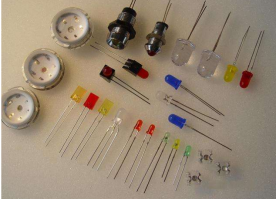


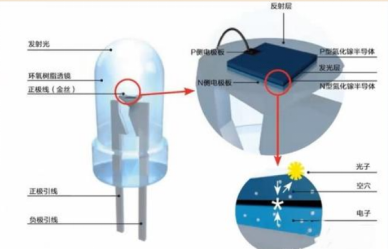
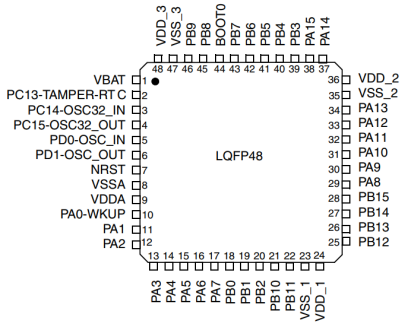







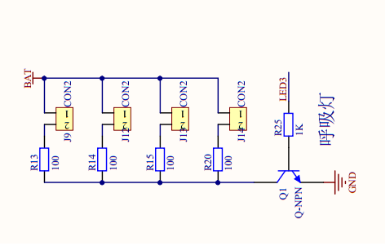
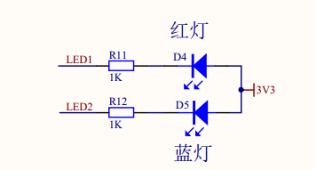
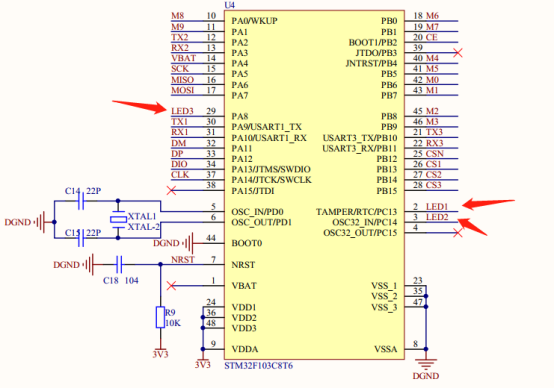

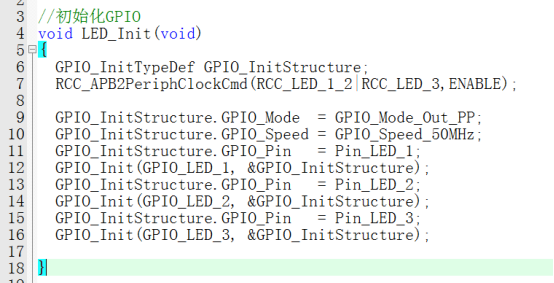


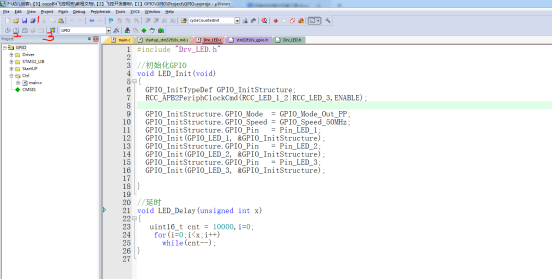


 提升卡
提升卡 变色卡
变色卡 千斤顶
千斤顶